A celebration of theatre in Bristol
March 1, 2016
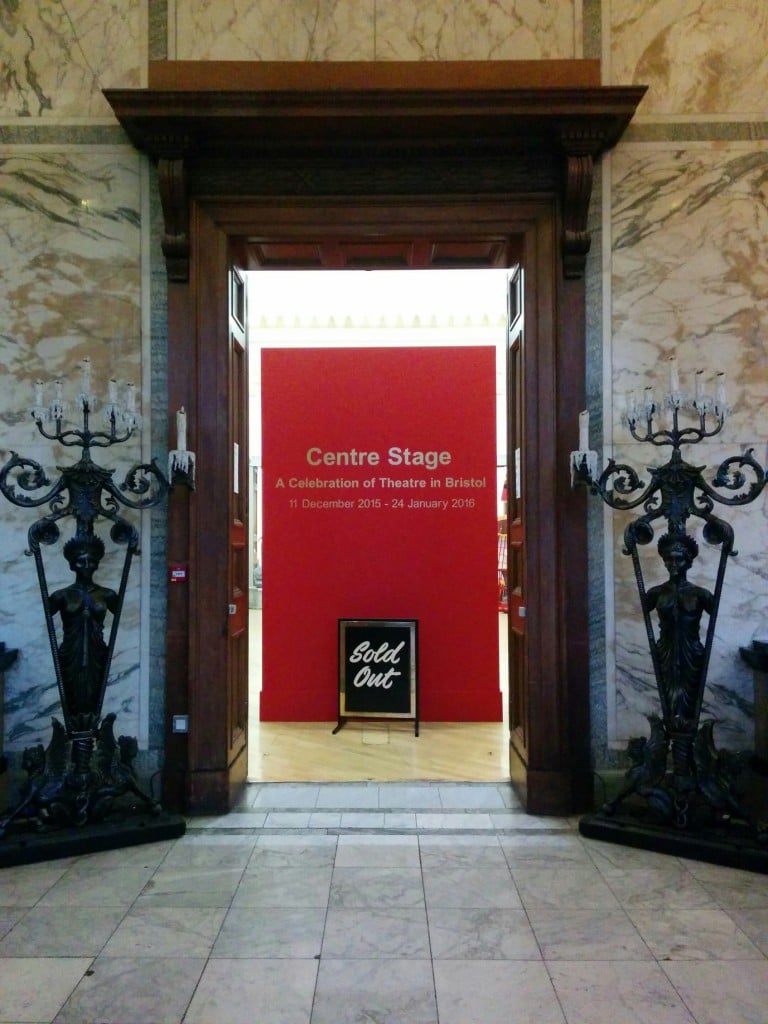
To mark the 250th anniversary of Bristol’s famous Old Vic theatre, the RWA displayed a collection of memorabilia from the theatrical archives.
Between fibreglass and steel candelabras from The Phantom of the Opera, 1993, stands a gold-rimmed sandwich board: ‘sold out’ it reads. Fortunately, it is a prop, from the 1986 performance of The Phantom of the Opera at Her Majesty’s Theatre, London, used to mark the entrance to the RWA’s latest exhibition, ‘Centre Stage’. The doors were open, so I slipped behind the scenes.
The main, large, open room was lined with original costumes, from a variety of productions, from Shakespeare’s classics, to Mary Poppins. Glass cases displayed sketches from design inception. The walls were covered with examples of stage sets; fake wood, wallpaper, metals and rust that would be hard to distinguish from the real materials. Large props and puppets loomed over me, as I patiently waited for them to spring to life when they thought I was not looking…
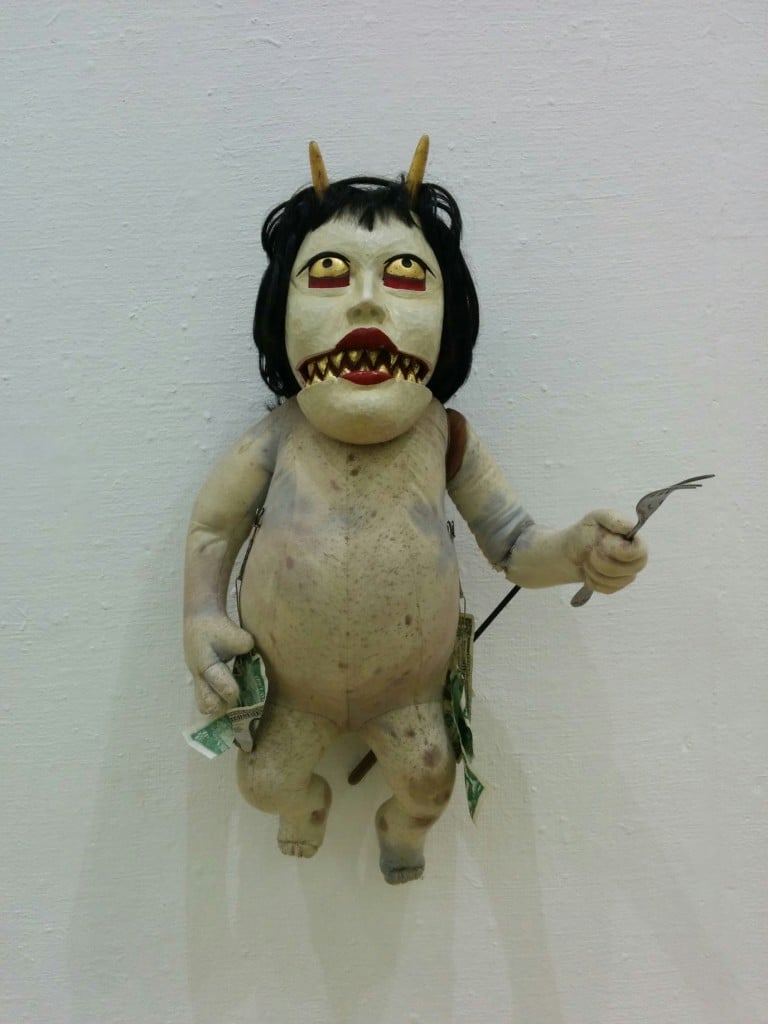
[pullquote align=”left”]Having ventured through ‘Centre Stage’ and riffled through the secrets of performance past, I find myself all the more fascinated by theatre and its ability to create tangible fiction that exists within reality.[/pullquote]
Encapsulated in a room with regulated temperature and light, was a collection of images in elaborate frames depicting characters from performances decades ago. On rectangles with faded edges, decadently painted scenes lined one section of the opposite wall. In a glass box, they were displayed, slotted into a base, creating a three dimensional, miniature room, built up of many layers. I bend down to peer into the tiny ballroom. Standing, I recognise the same curiosity in myself peering through the glass museum doors that led to the next room.
Lined with black and white photographs, the penultimate room was a shrine to decades-worth of actors, who have performed on stage. Amongst them are many big names, such as the late, great Alan Rickman in Dick Whittington.
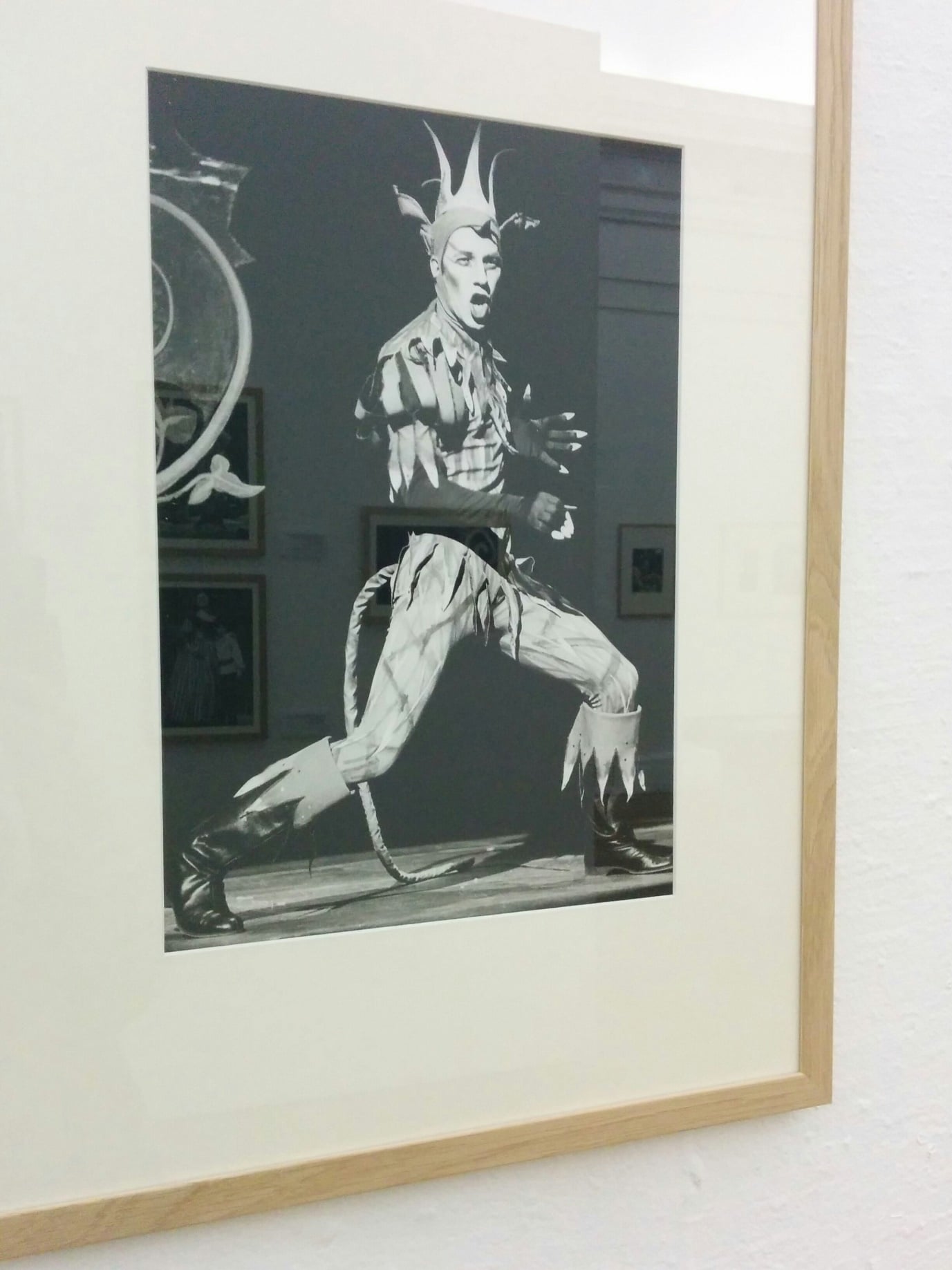
The final room, hidden behind a thick, floor-length curtain, housed an installation piece: A Theatre Within a Theatre, by Judith Aston. In the middle of the room sat an unpainted wooden structure, labelled as ‘Bristol Old Vic’. Many little holes lined the outside walls, with arrows inviting visitors to peek through. Inside the structure were rows of tiny seats and a miniature stage. Sped up footage of crew members preparing the stage, pre-show, was projected onto this little stage. The two adjacent walls of the room in which I stood were also being projected upon. One showed similar backstage and crowd footage. The other displayed stills from performances. It was an interesting juxtaposition to see the two side-by-side; to see that which we are accustomed to seeing in motion in still image, and that which we don’t expect to see at all being afforded an audience.
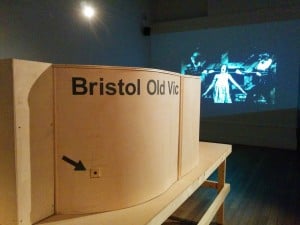
Just before exiting the room, I spotted a Mac set up in the corner of the room. Its screen showed a time schedule for the lighting; I’m not certain whether it was part of the installation, or the actual settings for the lights within the room. Regardless, it encouraged the themes that Theatre Within a Theatre (surely Theatre Within a Museum would have been more apt, in this instance?) suggested; the theatre is a place where narratives magically come to life, but peeking behind the curtain does not always jeopardise the art of illusion. Having ventured through ‘Centre Stage’ and riffled through the secrets of performance past, I find myself all the more fascinated by theatre and its ability to create tangible fiction that exists within reality.
Follow Hannah Emadian at aseparateworld.tumblr.com.

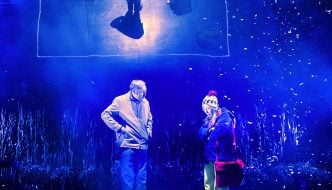
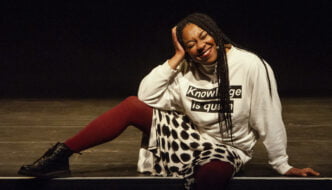
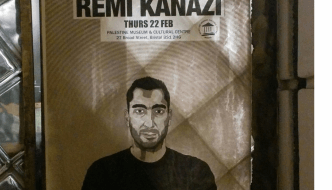
Comments